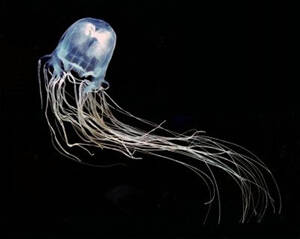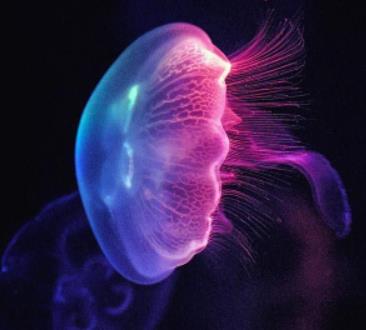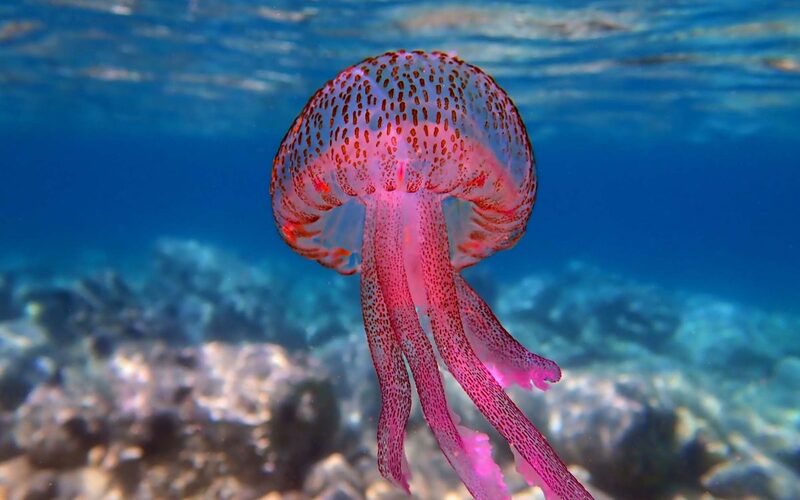
Australian box jellyfish
Australian box jellyfish,Sea Wasp
The Australian box jellyfish, whose Latin name is Australian box jellyfish, ···

Aurelia aurita
Moon jellyfish, UFO jellyfish, Moon jellyfish
Moon jellyfish feed on plankton such as mollusks, crustaceans, worms and cop···

